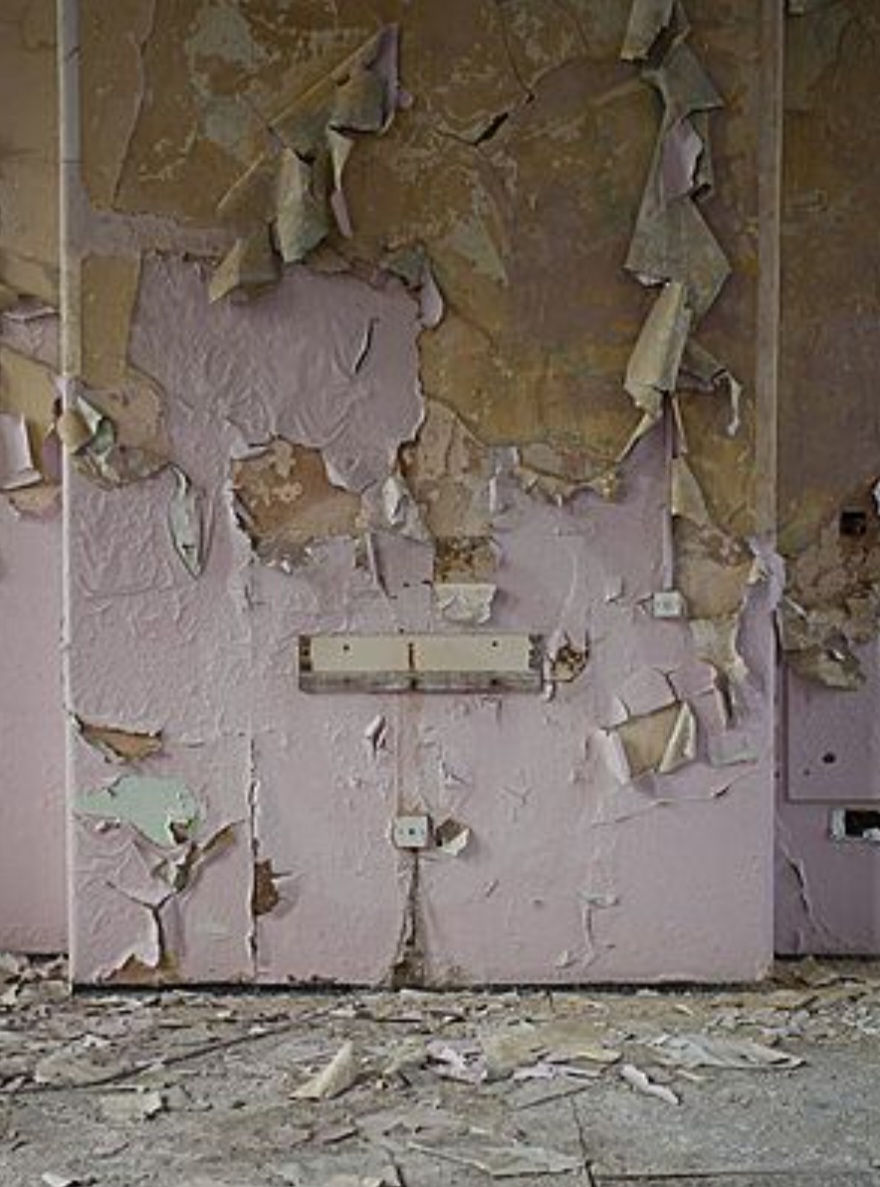The Perils of Wallpaper: Unveiling the Dangers of the Past and Present
- Zakkary Nilles
- Apr 21, 2024
- 2 min read
Updated: Nov 18
Introduction
Wallpaper has been a popular choice for interior decoration for centuries, adding color, pattern, and texture to our living spaces. However, beneath its aesthetic appeal, wallpaper hides a dark history and potential dangers. In this article, we will delve into the past and present dangers of wallpaper, shedding light on the hidden risks that we should be aware of.
The Toxic Past
In the past, wallpaper posed significant health risks due to the toxic materials used in its production. Arsenic and mercury-based pigments, such as Scheele's Green and Paris Green, were commonly used to achieve vibrant colors. Unfortunately, these pigments released toxic fumes, leading to various health issues. Prolonged exposure to arsenic-based wallpaper resulted in symptoms like headaches, madness, respiratory problems, and even death. The dangerous effects of these wallpapers were especially prevalent during the Victorian era, with the popularity of richly colored and patterned wallpapers.

Modern Concerns
While the use of toxic pigments has diminished, modern wallpapers still present a range of potential dangers. Volatile Organic Compounds (VOCs), found in some wallpapers, can emit harmful chemicals into the air, leading to indoor air pollution. These chemicals, such as formaldehyde, have been linked to respiratory problems, allergies, and even cancer.
Moreover, mold growth is a common concern associated with wallpaper. Moisture can seep through walls, creating a breeding ground for mold behind wallpaper. This hidden mold growth can release spores into the air, triggering allergies and respiratory issues.
Additionally, wallpaper can act as a barrier, preventing proper inspection and maintenance of the underlying walls. This can hide structural issues, such as water damage or deteriorating surfaces, leading to potential hazards and costly repairs.

Child Safety
Wallpaper can pose unique dangers to children. Some wallpapers contain lead-based pigments, which can be harmful if ingested or inhaled. Young children, particularly those who tend to put things in their mouths, may be at risk of lead poisoning. It is crucial to ensure that wallpaper in children's spaces meets safety standards and does not contain lead or other harmful substances.
Environmental Impact
Wallpaper production has an environmental impact. The use of non-biodegradable materials, excessive water consumption, and high energy usage contribute to pollution and resource depletion. Choosing eco-friendly wallpaper options, such as those made from recycled materials or sustainably sourced paper, can help minimize the environmental impact.

Conclusion
While wallpaper can enhance the aesthetics of our living spaces, it is essential to be aware of the potential dangers it can pose. Understanding the toxic past, modern concerns, child safety risks, and environmental impact associated with wallpaper empowers us to make informed choices. When selecting wallpaper, opt for non-toxic materials, consider the potential for mold growth, and prioritize child safety. By being mindful of these dangers, we can strike a balance between creating beautiful interiors and ensuring the health and well-being of ourselves and our loved ones.




Comments